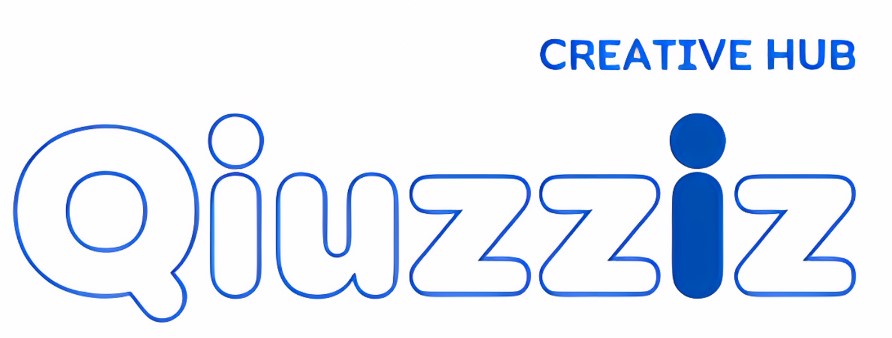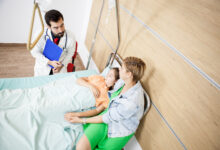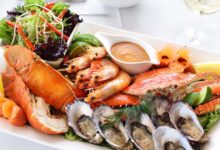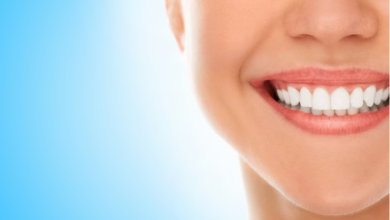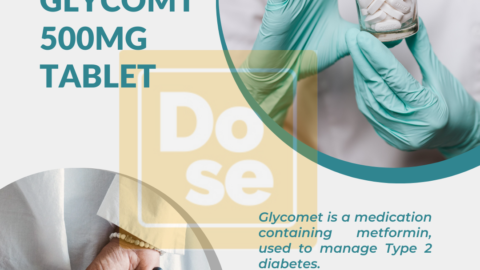How To Treat Different Types Of Acne?
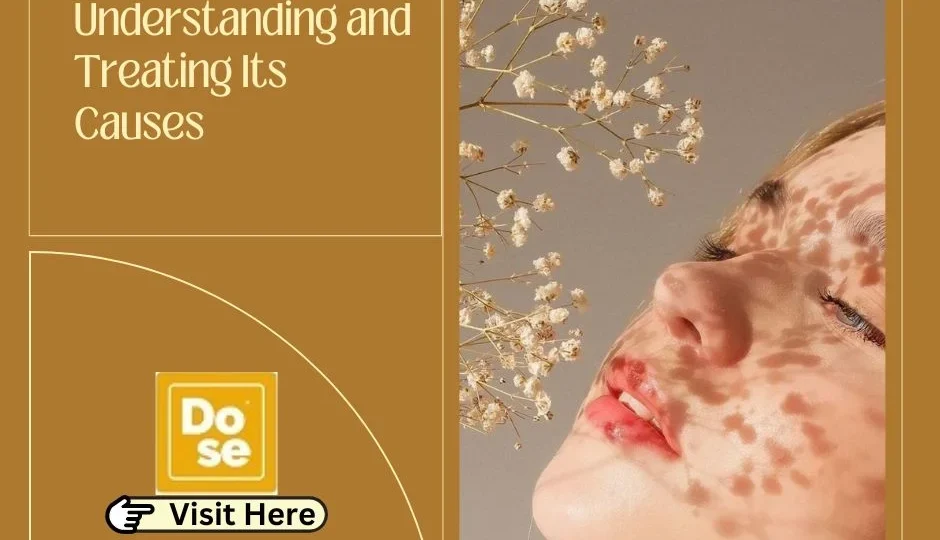
Acne is one of the most common skin conditions, affecting millions of people worldwide. While it’s often associated with adolescence, acne can persist into adulthood. The treatment for acne varies depending on the type, cause, and severity. If you looking for permanent treatment of acne then you can take Buy Accutane Online to get acne free skin. Understanding the different types of acne can help you choose the most effective treatment. Let’s explore the different types of acne and the best ways to treat them.
1. Nodules and Cysts (Severe Acne)
Nodules and cysts are the most severe forms of acne, characterized by large, painful, and deep bumps that can leave scars. These types of acne are more difficult to treat and often require medical intervention.
- Nodules: These are hard, inflamed lumps under the skin that can be very painful. Unlike pustules, they don’t contain pus.
- Cysts: These are large, pus-filled lesions that feel like soft lumps beneath the skin’s surface. Cystic acne is painful and more likely to scar.
Treatment for Nodules and Cysts:
- Isotretinoin 40 mg (Accutane): This powerful oral medication is reserved for severe cases of acne that don’t respond to other treatments. Isotretinoin reduces the size of oil glands and prevents pores from clogging. It’s highly effective but comes with serious side effects, including birth defects, so it must be used under close medical supervision.
- Corticosteroid Injections: For particularly large and painful nodules or cysts, a dermatologist may inject a corticosteroid directly into the lesion to reduce inflammation and shrink the spot.
- Oral Antibiotics: As with inflammatory acne, oral antibiotics can help reduce the bacterial load and inflammation in nodular or cystic acne.
- Hormonal Therapy: In women, hormonal treatments like birth control pills or spironolactone can help reduce hormone fluctuations that trigger acne.
2. Whiteheads and Blackheads (Comedonal Acne)
Comedonal acne refers to clogged pores, which appear as either whiteheads or blackheads. These are non-inflammatory types of acne and are generally mild.
- Whiteheads: These occur when pores are completely clogged with dead skin cells and sebum (oil), trapping everything inside and causing a white or flesh-colored bump.
- Blackheads: These happen when a pore is only partially blocked, allowing some of the trapped material to be exposed to air. This oxidizes and turns black.
Treatment for Whiteheads and Blackheads:
- Salicylic Acid: One of the most popular treatments for comedonal acne. Salicylic acid helps exfoliate the skin, clearing away dead cells that clog pores.
- Retinoids: Retinoid creams like tretinoin or adapalene (available over-the-counter) can help speed up skin cell turnover, preventing clogged pores.
- Exfoliation: Gentle exfoliation 2-3 times a week can prevent dead skin cells from accumulating and forming whiteheads or blackheads.
- Non-comedogenic Products: Using oil-free, non-comedogenic skincare products is essential for preventing clogged pores.
3. Papules and Pustules (Inflammatory Acne)
When whiteheads and blackheads become irritated and inflamed, they can form papules or pustules. These are small, red, and tender bumps that may contain pus.
- Papules: These are small red or pink bumps that are inflamed but don’t contain pus.
- Pustules: These are similar to papules but filled with pus, making them appear white or yellow on top.
Treatment for Papules and Pustules:
- Benzoyl Peroxide: A powerful antibacterial agent, benzoyl peroxide helps kill acne-causing bacteria and reduce inflammation. It’s commonly found in over-the-counter creams, gels, and face washes.
- Topical Antibiotics: Clindamycin and erythromycin are often prescribed to reduce bacterial growth and inflammation when acne becomes more severe.
- Oral Antibiotics: If topical treatments aren’t enough, dermatologists may prescribe oral antibiotics like doxycycline or minocycline to target inflammation and bacteria from within.
- Combination Therapy: Using benzoyl peroxide with a retinoid or topical antibiotic can be effective for inflammatory acne.
4. Nodules and Cysts (Severe Acne)
Nodules and cysts are the most severe forms of acne, characterized by large, painful, and deep bumps that can leave scars. These types of acne are more difficult to treat and often require medical intervention.
- Nodules: These are hard, inflamed lumps under the skin that can be very painful. Unlike pustules, they don’t contain pus.
- Cysts: These are large, pus-filled lesions that feel like soft lumps beneath the skin’s surface. Cystic acne is painful and more likely to scar.
Treatment for Nodules and Cysts:
- Isotretinoin 40 mg (Accutane): This powerful oral medication is reserved for severe cases of acne that don’t respond to other treatments. Isotretinoin reduces the size of oil glands and prevents pores from clogging. It’s highly effective but comes with serious side effects, including birth defects, so it must be used under close medical supervision.
- Corticosteroid Injections: For particularly large and painful nodules or cysts, a dermatologist may inject a corticosteroid directly into the lesion to reduce inflammation and shrink the spot.
- Oral Antibiotics: As with inflammatory acne, oral antibiotics can help reduce the bacterial load and inflammation in nodular or cystic acne.
- Hormonal Therapy: In women, hormonal treatments like birth control pills or spironolactone can help reduce hormone fluctuations that trigger acne.
5. Acne Mechanica (Friction-Induced Acne)
Acne mechanica is caused by physical friction or pressure against the skin, often due to sports equipment, tight clothing, or even frequent rubbing of the skin. It can lead to small red bumps or pustules and is common among athletes.
Treatment for Acne Mechanica:
- Avoid Friction: The key to treating acne mechanica is reducing the friction that causes it. Wear loose-fitting clothing and avoid sports equipment or accessories that rub against the skin.
- Shower After Sweating: Acne mechanica often develops when sweat and bacteria get trapped under clothing. Showering immediately after sweating helps prevent this.
- Salicylic Acid or Benzoyl Peroxide Washes: Using acne washes containing salicylic acid or benzoyl peroxide can help clear pores and reduce inflammation caused by friction.
6. Hormonal Acne
Hormonal acne is triggered by fluctuations in hormone levels, especially androgens like testosterone. It’s most common in women, especially during menstrual cycles, pregnancy, or menopause. Hormonal acne typically appears on the lower face, jawline, and chin.
Treatment for Hormonal Acne:
- Birth Control Pills: Certain birth control pills can help regulate hormone levels and reduce androgen production, which can lead to clearer skin in women.
- Spironolactone: This oral medication reduces androgen levels, making it an effective treatment for hormonal acne in women.
- Topical Retinoids: Retinoids like tretinoin can be used to increase skin cell turnover and prevent clogged pores, which is helpful for all types of acne, including hormonal acne.
- Dietary Changes: For some people, reducing dairy and high-glycemic foods may help control hormonal acne, as these foods can influence hormone levels.
7. Fungal Acne (Pityrosporum Folliculitis)
Fungal acne is often mistaken for bacterial acne but is actually caused by an overgrowth of yeast (fungus) in the hair follicles. It usually appears as itchy, uniform red bumps, often on the chest, back, and shoulders.
Treatment for Fungal Acne:
- Antifungal Treatments: Since fungal acne isn’t caused by bacteria, antibiotics won’t work. Instead, antifungal treatments like ketoconazole creams or shampoos (used as body wash) can be effective in reducing the fungal overgrowth.
- Shower After Sweating: Fungal acne thrives in warm, moist environments. Showering immediately after exercising or sweating can help prevent the condition from worsening.
- Avoid Oily Skincare Products: Since fungal acne feeds on excess oil, using oil-free or non-comedogenic products is important.
Final Thoughts
Acne is a complex condition with many causes, and treating it effectively requires understanding the type of acne you have. From mild comedonal acne to severe cystic acne, there are various treatments available to help clear your skin. Consistency is key when treating acne, as many treatments can take several weeks or even months to show results. Always consult a dermatologist if your acne is persistent or severe, as they can provide the most effective and personalized treatment plan for your skin.
With the right approach, you can tackle acne and enjoy healthier, clearer skin!
